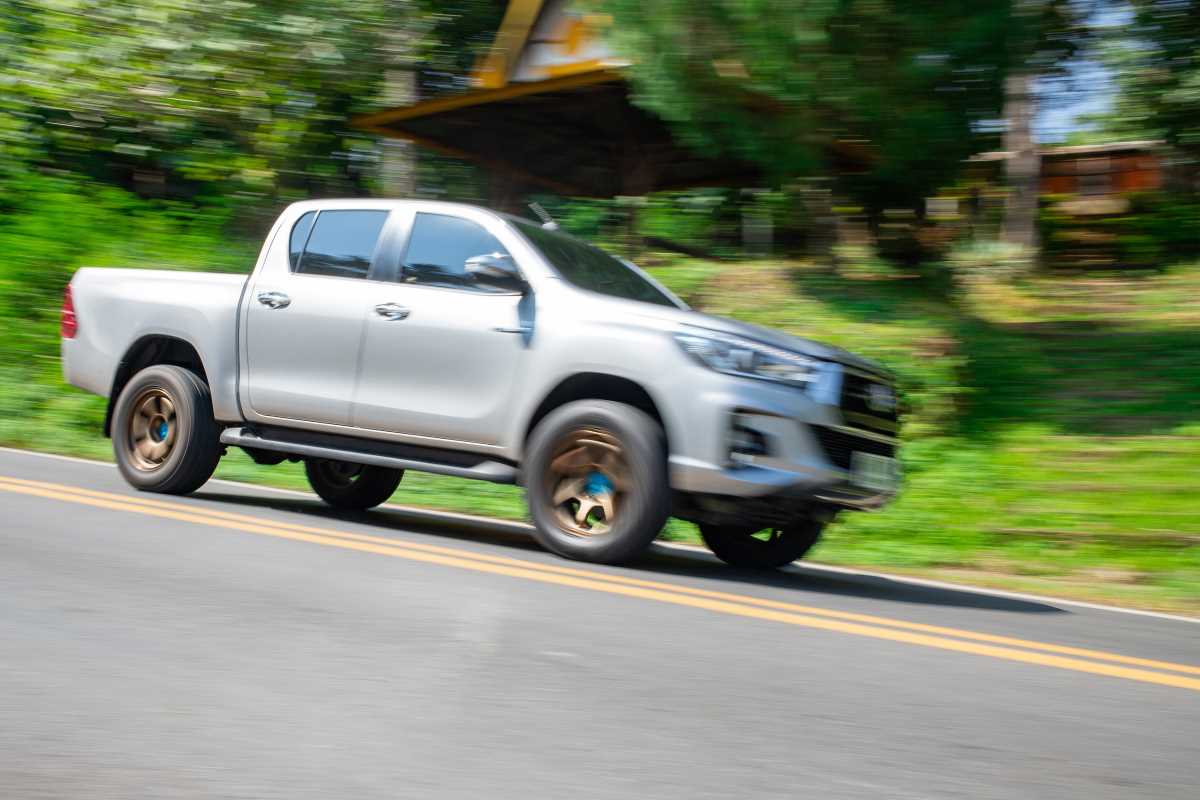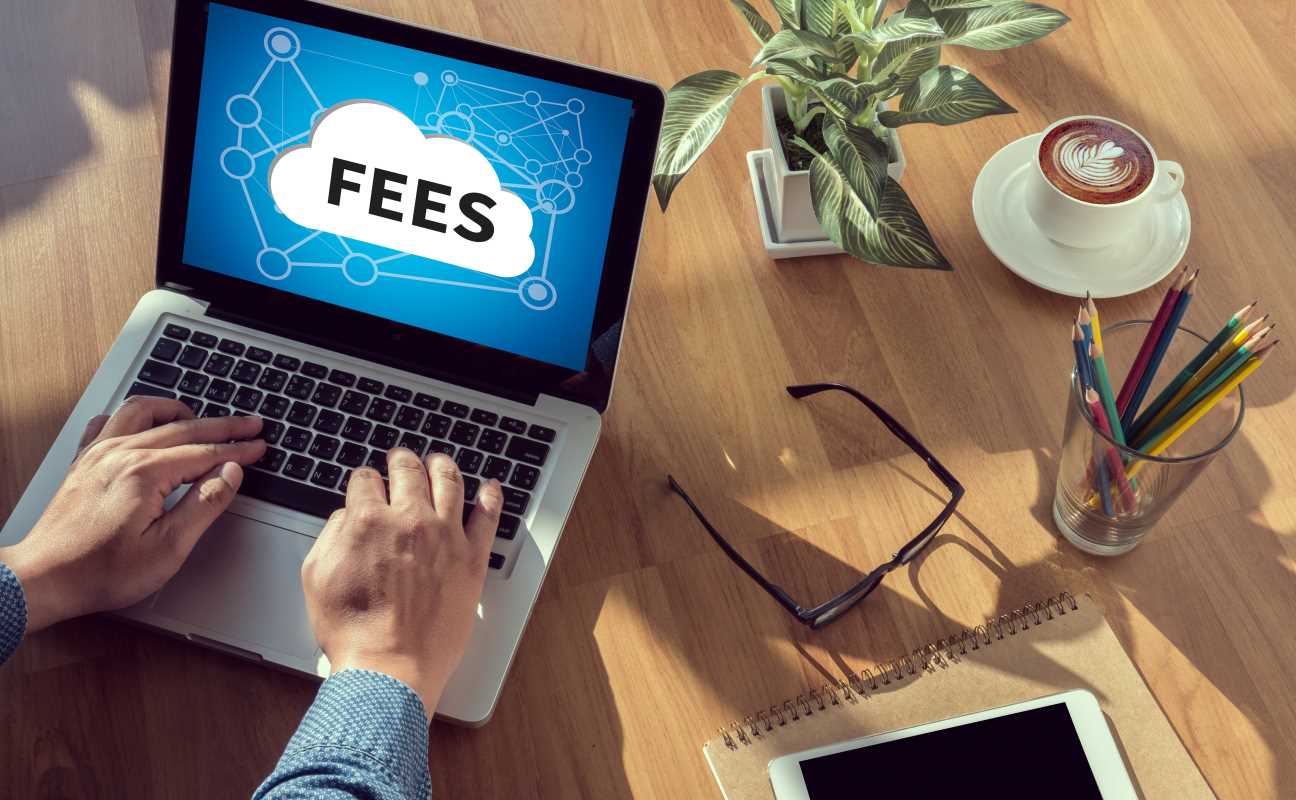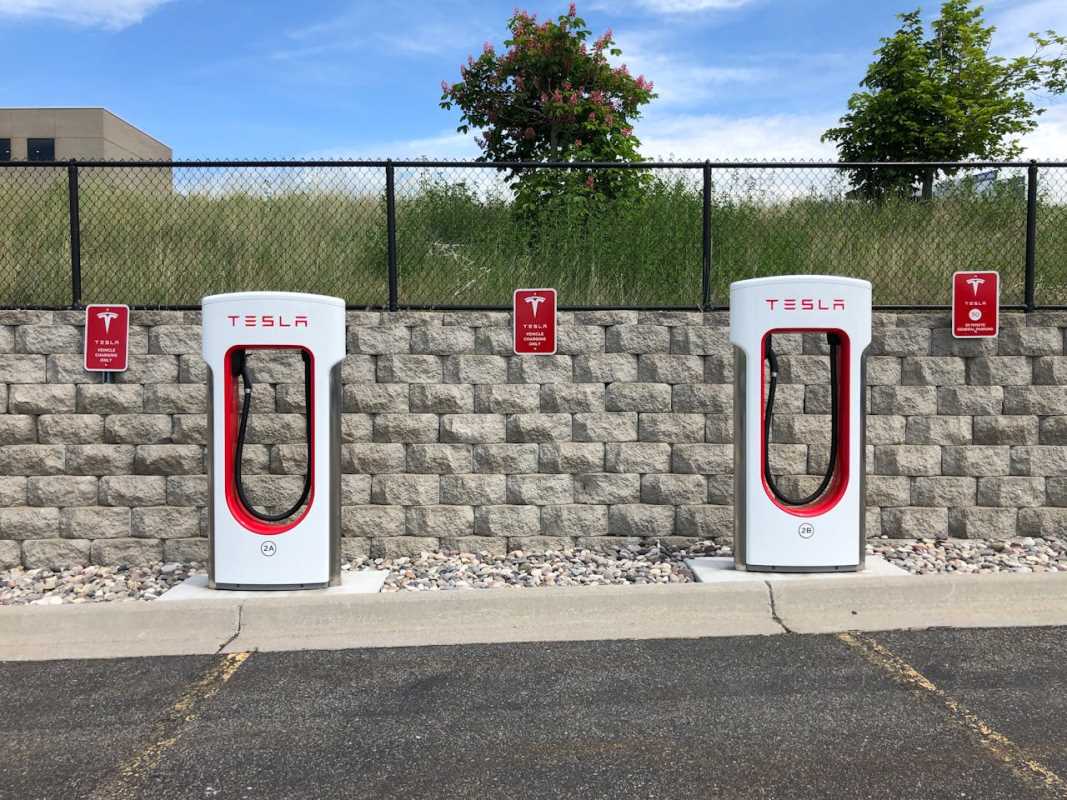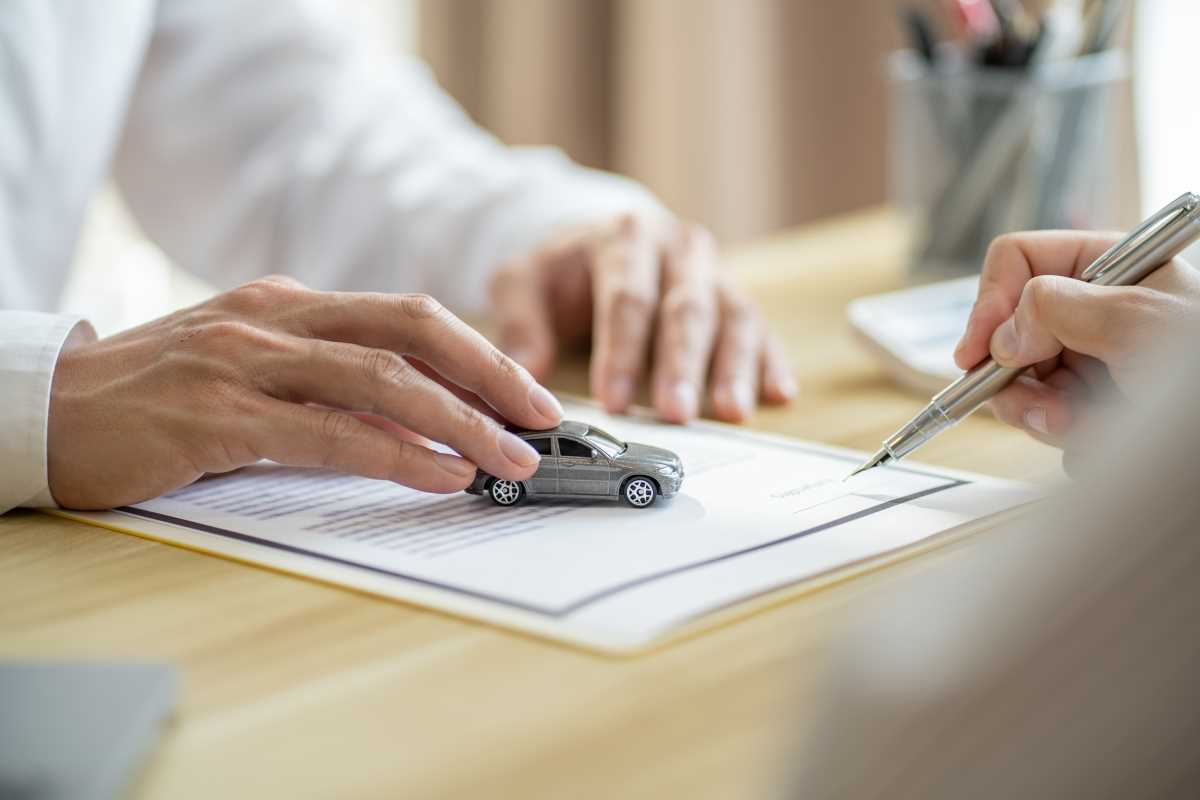A hit-and-run accident is one of the most stressful and unsettling experiences a driver can face. You’re left with a damaged vehicle, and the person responsible is gone. The immediate aftermath is filled with questions and uncertainty, especially about your finances. Will you be stuck with the entire repair bill? We want you to feel supported and prepared, even in tough situations. We’re here to walk you through exactly how auto insurance can help after a hit-and-run. You have more options than you might think, and understanding your policy is the first step toward getting back on the road with confidence.
What Is a Hit-and-Run?
A hit-and-run is an accident where a driver collides with another vehicle, a pedestrian, or someone's property and knowingly leaves the scene without stopping to provide their contact information and offer help. This act is illegal in every state. The accident can happen while you are driving or even when your car is parked and unattended. Discovering your car has been damaged by an unknown driver is frustrating, but knowing which parts of your insurance policy can help provides a clear path forward.
There isn't a specific "hit-and-run coverage" you can buy. Instead, protection for this type of event comes from different parts of a standard auto insurance policy. The specific coverages that apply depend on the type of damage—whether it's to your vehicle or to you and your passengers.
Coverage for Damage to Your Vehicle
When your car is damaged in a hit-and-run, two main types of coverage can step in to help pay for repairs. Without one of these, you would likely have to pay for all the damages out of your own pocket.
1. Collision Coverage
Collision coverage is designed to pay for repairs to your vehicle when it is damaged in a collision with another car or an object. A hit-and-run is considered a collision. This coverage applies regardless of who is at fault, which makes it essential in a hit-and-run where the at-fault driver is unknown.
Here’s how it works:
- You file a claim with your insurance company.
- An adjuster will assess the damage to determine the repair cost.
- You pay your collision deductible, which is the amount you agreed to pay out-of-pocket for a claim (e.g., $500 or $1,000).
- Your insurance company then pays the rest of the repair cost, up to your vehicle's actual cash value (ACV).
Collision coverage is optional unless you are leasing or financing your vehicle, in which case your lender will require it. Even if you own your car outright, having collision coverage provides a vital safety net for situations just like this.
2. Uninsured Motorist Property Damage (UMPD) Coverage
In some states, you may be able to use Uninsured Motorist Property Damage (UMPD) coverage to repair your car. This coverage is specifically designed to protect you when your vehicle is damaged by a driver who has no insurance. In many states, an unidentified driver from a hit-and-run is treated as an uninsured motorist.
Using UMPD can be very beneficial. The deductible for a UMPD claim is often much lower than a collision deductible. In some states, it may be as low as $100 or $250. This means you would have to pay less out-of-pocket to get your car fixed.
However, there are a few important things to know about UMPD:
- Availability: UMPD is not available in every state. Some states don't offer it, while others have specific rules about when it can be used.
- Collision Trade-off: In some places, you cannot carry both collision and UMPD coverage on the same policy. You must choose one or the other.
- Identification Rules: Some states require physical contact between the vehicles or a corroborating witness to prove the accident was truly a hit-and-run before you can use UMPD. This is to prevent fraudulent claims.
Coverage for Bodily Injuries
A hit-and-run can be more than just a dented bumper; it can also result in injuries to you or your passengers. We want to ensure you have the support you need to recover. Medical bills can add up quickly, but thankfully, your auto insurance policy has coverages designed for this exact scenario.
1. Uninsured Motorist Bodily Injury (UMBI) Coverage
This is the primary coverage for injuries caused by a hit-and-run driver. Just as with property damage, an unknown driver is considered uninsured for the purposes of your policy. Uninsured Motorist Bodily Injury (UMBI) coverage helps pay for:
- Medical bills for you and your passengers.
- Lost wages if you are unable to work while recovering.
- Pain and suffering, depending on your state's laws.
UMBI is a required coverage in some states and optional in others. It is an incredibly valuable protection that acts as a substitute for the at-fault driver's missing liability insurance.
2. Personal Injury Protection (PIP) or Medical Payments (MedPay) Coverage
These coverages can also be used to pay for medical expenses after a hit-and-run.
- Personal Injury Protection (PIP): In "no-fault" states, PIP is your first line of defense for injuries. It covers your medical bills and a portion of lost wages up to your policy limit, regardless of who caused the accident.
- Medical Payments (MedPay): Available in most states, MedPay covers medical expenses for you and your passengers, also regardless of fault. It typically has lower limits than PIP and does not cover lost wages.
These coverages can work together with UMBI. You might use your PIP or MedPay first, and then UMBI can kick in to cover costs that exceed those limits or to pay for damages like pain and suffering that PIP/MedPay do not cover.
What to Do Immediately After a Hit-and-Run
Your actions in the moments following a hit-and-run are crucial for your safety and for ensuring a smooth insurance claim. We’ve got you covered with these clear, supportive steps.
- Step 1: Prioritize Safety. Pull over to a safe location if you were driving. Check on yourself and your passengers for any injuries. Your health is the top priority.
- Step 2: Do Not Pursue the Other Driver. It can be tempting to chase the person who hit you, but this is dangerous. It could lead to another accident or a confrontation. Leave the pursuit to law enforcement.
- Step 3: Document Everything. Safely gather as much information as you can. Write down every detail you remember about the other vehicle—the make, model, color, and license plate number (even a partial plate is helpful). Note the direction the car was headed. Take photos of the accident scene, the damage to your car, and any surrounding property damage.
- Step 4: Look for Witnesses. If anyone saw the accident, ask for their name and contact information. An independent witness can be incredibly helpful for your police report and insurance claim.
- Step 5: File a Police Report. Call the police immediately to report the hit-and-run. A police report is official documentation of the incident and is almost always required by insurance companies to process a hit-and-run claim.
- Step 6: Contact Your Insurance Company. Report the claim to your insurer as soon as possible. Provide them with all the information you have gathered, including the police report number.
 (Image via
(Image via





